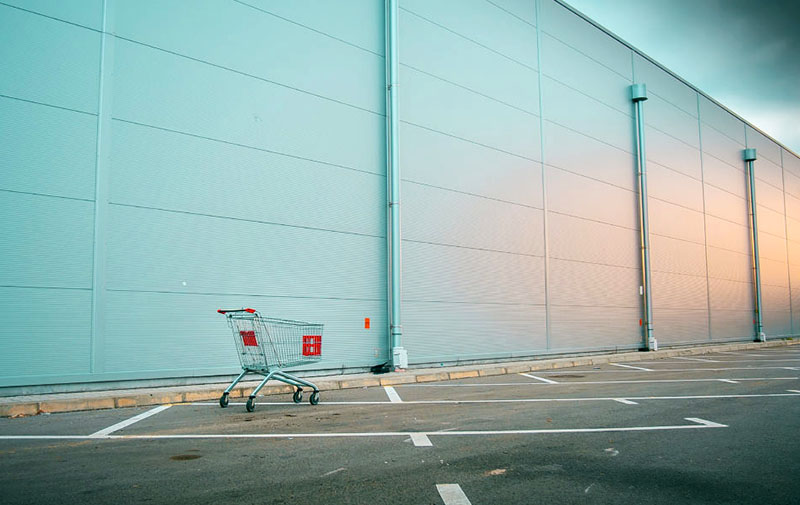Industrial output rose 4.4% y/y in May, up 0.5 pps from April, comparable to its pre-pandemic level, and was down just 1.5 pps from Q4 2019. Investment was up 3.9% y/y, and up 3.1 pps from April, down 1.5 pps from Q4. Government investment is the main force lifting overall investment growth.
Consumption demand continued to recover in May. Retail sales of social consumption goods fell 2.8% y/y, up 4.7 pps from April. The global pandemic is not showing any sign of abating, and is heavily impacting trade. In May, exports were up 1.4% y/y, down 6.8 pps from April, while imports plunged 12.7% y/y.
Prices are all falling, creating conditions for future money expansion. The CPI rose 2.4% y/y, down 3 pps from January, mainly driven by food prices. Producer prices fell further. The ex-factory price index of industrial goods decreased 3.7% y/y, and the PPI fell 5% y/y, down 0.6 and 12 pps respectively from April.
Monetary policy is expanding. Major financial indicators all show upward trends. At the end of May, M2 was up 11.1% y/y, and M1 up 6.8% y/y, up 2.3 and 2 pps from the end of February.
On June 12th, Beijing reported its first local coronavirus case, after more than 50 days with zero new locally-transmitted cases. A total of 236 new confirmed cases had been recorded by the writing of this report. Even though such numbers seem insignificant, much evidence shows that COVID-19 might be entering a second phase. This has significantly increased public, and investor, sentiments of uncertainty. Our own survey data shows that 30% of Chinese people believe this virus will persist for a long time. Factoring in the worsening global situation, we are revising downward our GDP growth forecast to 1.4%, which is below other major forecasts, such as that of the IMF.









